If you happen to be in Birmingham, treat yourself to the first round of the All England. You’ll kick yourself if you didn’t. Our preview specialist, Aaron Wong, offers alternative insights.
Photos: Badmintonphoto
Never before
This week is serendipitous for badminton. A strong tide of up and comers, prodigies making good on their promises, badminton royalty from the 15 points era still staving off pretenders to the throne, as well as the return en masse of stars who had suddenly dropped off the radar are converging.
The presence of the latter two groups alone is cause for joy. How easily members could have simply retired quietly from injury, as did Li Xuerui. And each year that this particular longevity group continues on is an achievement not to be taken for granted. (Prior to last year’s tournament, how many people would have believed Lee Chong Wei returning in 2018 as All England defending champion?)
But pause, observe, and be in awe. These strands rising altogether is a phenomenally positive first, both prior to and since the inception of 21 points rally scoring.
Variety
Never before has there been such a variety of countries shining at the top. The notion of Malaysia, Korea, China, Indonesia and Denmark being the flag bearers for badminton’s image is firmly out of date.
Japan, Thailand, India and the one-woman revolution who is Carolina Marin of Spain, have been upping the ante by redefining the game on their own terms. A second home-grown Hong Kong mixed pair has proven themselves at Superseries level. For the sake of argument, independent players logically fit into this class too. Tan Boon Heong made it to a final at Superseries level, Lee Hyun Il to two, and Zhang Beiwen of USA went one better and converted her second major final at the India Open Tour 500.
Ageism overturned
Players across four disciplines continue pushing the age boundaries of their prime. Think Mathias Boe again touching world #1 at 37 years old, and Greysia Polii returning to the top 10 in under half a year through mentoring a fresh graduate from the junior ranks in her new partnership.
Chen Hung Ling straddles one foot in each feat as Taiwan in 2017 posted three men’s pairs in the top 10, with himself being the eldest usurping responsibility as their top pairing come 2018. At 39, Joachim Fischer Nielsen takes over the mantle from Poland’s Robert Mateusiak who was last seen competing at the Korea Masters aged 42. Hendra Setiawan, Kamilla Rytter Juhl, and Liliyana Natsir also show no signs of dimming ambitions. Women’s singles were ahead of their time and accomplished this feat in seasons past.
Winners: One size fits none
During previous generations one body type has been in vogue over another. Now contrasting body types and heights are simultaneously at the forefront of their disciplines. Defending champions Sukamuljo/Gideon and Li/Liu have thrilled spectators of their men’s doubles finals while Pusarla Venkata Sindhu and Nozomi Okuhara (pictured) are said to have played arguably the most memorable women’s singles World Championships match. There’s a height difference of up to 10 inches between opponents in both examples.
Real progress or #NeverAgain?
The Never Before phenomenon is only real progress if it can be sustained and nurtured. Otherwise, it becomes a missed opportunity phasing through like a solar eclipse. Even though it is happening during the Superseries-World Tour and 21 points era, it shouldn’t be mistaken as being brought about by either.
Guiding questions
It just so happens the BWF’s change agenda is taking centre stage. The Never Before phenomenon provides a beneficial context to do it right. Three issues are in the limelight.
Implementing the 11 points, five games scoring system into major events is one idea gaining momentum. The basis is a long-standing rationalisation that shorter, more exciting matches lead to a greater audiences tuning into the sport, and therefore increased televised revenue.
On the back of this is controlling time further through changes to length or scheduling of rest. Disallowing coaching during breaks has also been mooted.
The other is the testing of a new service rule which disallows execution above 1.15m from the ground which began this month and will continue to be enforced at the All England. Players’ feedback from the German Open, the warm-up event to Birmingham, has ranged from lukewarm acceptance to unfavourable by the Olympic medallists from Malaysia and China. Several top 10 Danish players satirised the proposal in a video in 2017.
A sensible way forward could be relating the Never Before phenomenon to each proposed change, and by extension enquiring…
- Will longevity endure?
- Will the number of comebacks from behind decrease?
- Are smashers and physically endowed players advantaged?
- Is reducing rest time bound with ceasing court-side coaching just setting up players to fail? – In other words, how does one figure out a solution without enough time to think?
It is difficult to tell where good intentions behind BWF ideas end and remedying weaknesses of the 21 points scoring start. Increase in faulty serves whether caught or not have become a problem after the 15 points system went away, both at the top of the game and trickling down to infect social badminton.
The real gold and goal: Health and humanity
Often the prime marketing focus has been on the men’s singles category and its current Olympic and World Champions. Having men’s world #1 Viktor Axelsen off recovering from surgery yet everybody else across every category resurgent leads us to a fundamental often obscured by short term marketing campaigns which is that being healthy in badminton is the ultimate marketing gold.
In turn, enabling athlete health ought to be the ultimate goal behind any sweeping changes to badminton’s rules.
Perhaps, another worthwhile question to ask is: What’s more important health or [fill in the blank]?
What’s at the heart of it all?
The 21 points system is known to have its share of problems. Some say things could be better while others advise not to tamper with what’s working. Players anticipate the new BWF initiatives creating a bunch of new problems. Hopefully, we have begun noticing that neither 21 points nor the new initiatives put humanity and human health at the heart of proceedings so to speak.
To achieve an outcome to be proud of, the rules of badminton and umpiring thereof should investigate and embrace what it is to be human. It’s an aspect clearly lacking. Roland Joffé directed a film called the Kill Fields that resonated intensely with cinema audiences. His reflections on choices made during war are not unlike what players feel during battles on court:
“It’s only in decisions made in the spur of the moment that we really understand who we are.”
Similarly, spectators will naturally develop an interest in a player’s journey because humans are inherently empathetic. We relish an extraordinary turnaround in the match. We admire the courage, the regaining of composure, and understand how lack of concentration occurs when energy is sapped. We want to witness flaws, triumphs, and lessons learnt because we recognise a bit of ourselves as well as desire a hero or heroine whom we can aspire to. For the richness of the human spirit to possibly transpire in sport it requires a reasonable amount of time to both formulate and then unfold. Are the rules preserving all this?
Can the same be said for…?
Another conversation to be had as a result of #NeverBefore at the All England is where badminton is ahead of other sports and simply a shining example of diversity and equality.
In badminton, the women’s categories compete using the same scoring system and disciplines as men. Can the same be said of gymnastics or swimming?
Doubles action is not outshone by singles. Can the same be said of tennis?
The gender pay gap is closed. Can the same be said of soccer, golf, or cycling?
Multiculturalism has been alluded to. Across the globe, there is strong international representation from east to west, and north to south. Russians, New Zealanders, Vietnamese, and Canadians are no pushovers in badminton. Otherwise, at the grass roots level the sport is thriving. You’re spoilt for choice playing every night of the week throughout the year in Sydney, Singapore, or Paris. Can the same be said about cricket, baseball, or rugby?
Badminton is reaching wonderful heights of #Humanity in spite of problems created by its current scoring system.
Of course, other sports are ahead of badminton in other ways. Tennis scoring and rest time make a comeback from the brink humanly possible. Badminton used to, as well, during the 15 points system. #JustSaying
This year the most prestigious individual tournament of all showcases much more than more money. Rather it is at the epicentre of much food for thought. Change is in the air for badminton. Realising the real strides so far will help shake the sport to its senses as to making changes that are in sync.
For Part II of the All England preview, click here
![ALL ENGLAND 2018 Preview – The #NeverBefore phenomenon If you happen to be in Birmingham, treat yourself to the first round of the All England. You’ll kick yourself if you didn’t. Our preview specialist, Aaron Wong, offers alternative […]](http://www.badzine.net/wp-content/uploads/ngg_featured/20170312_1203_AllEngland2017_BPYN0163_rotator.jpg)
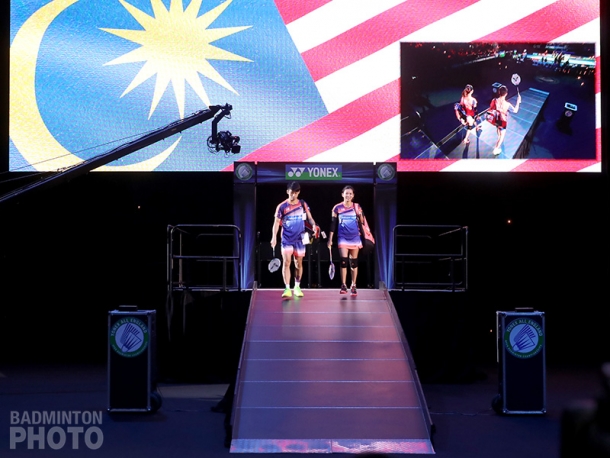
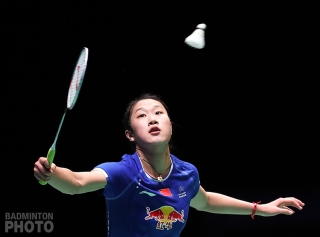
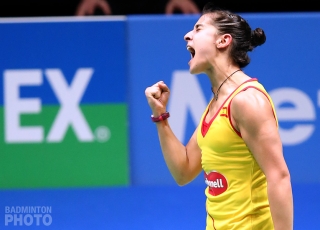
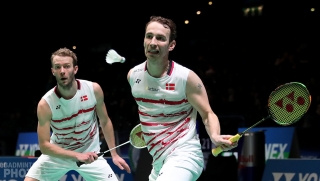
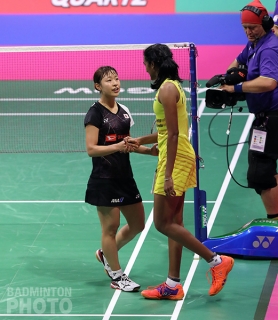
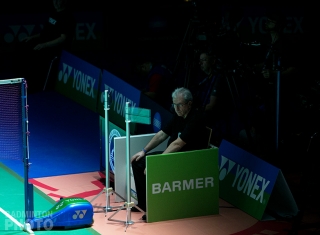
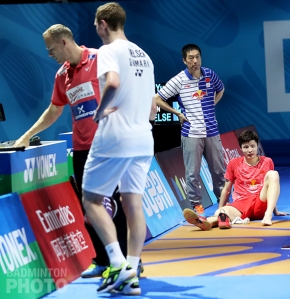
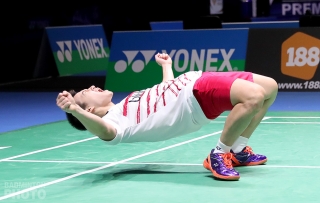
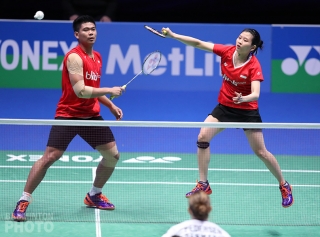
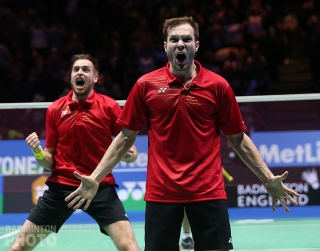

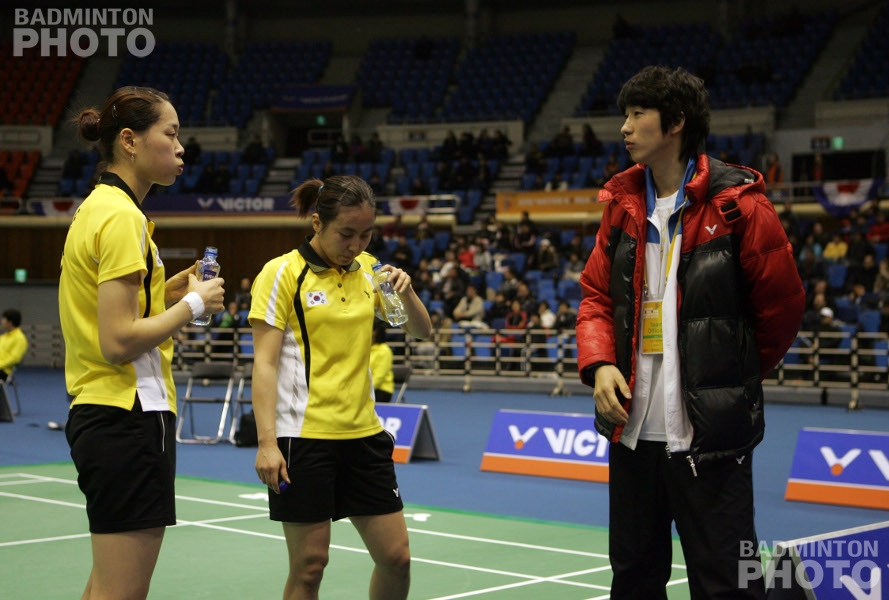
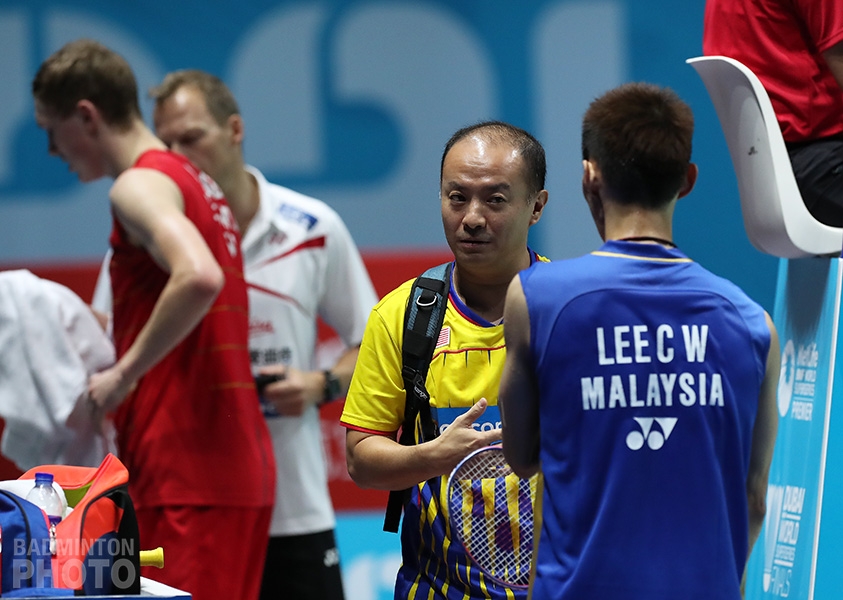
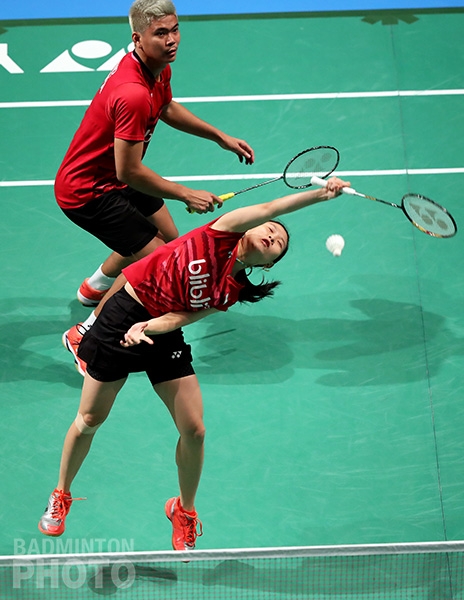
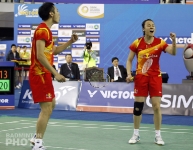


I just hope that 11-point system will never make it. I saw it once live, pfff. Look at other sports BWF, they have boring matches too: tennis, soccer, … Sometimes the entire sport is boring 🙂 The many matches I have seen in all those years (only know the 21-point system), I really, really, really don’t see why the scoring system should needs a change (excluding the WD London Olympics!). Honestly.